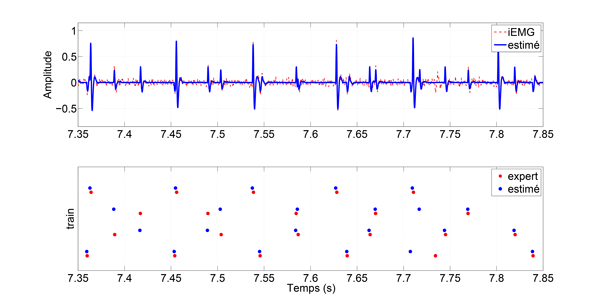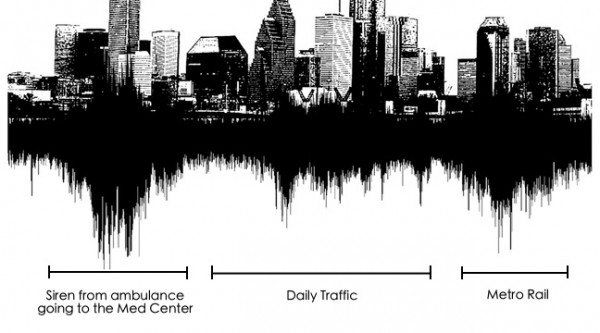SIMS -
Team topics
The first two themes (Reverse problems, Machine learning) are rather methodological: which model to use? which representation to choose? which estimator to calculate ? which criterion to minimize? while the third (Mathematical and numerical tools) is rather algorithmic: how to perform the calculation in an acceptable time and in an efficient way? Most of the team's research activities are inspired by the need to offer solutions adapted to signal and image processing in multidisciplinary application areas such as biomedical (brain-computer interface, prosthesis control, dignostic aid), multimedia (audio content analysis, sound design) and instrumentation (non-destructive testing, airborne or satellite remote sensing, biological imaging).
Models and methods for solving inverse problems
This theme deals with inverse problems in the sense that the data to be processed are associated with a direct model that can be expressed as part of the sensor physics equations. The methodological tools used for inversion use probabilistic and statistical models to characterize the signals and build a solution within the framework of Bayesian inference as well as numerical analysis and Bayesian simulation tools, and in particular optimization, to calculate the estimators.
The problems considered concern
- Noises control, restoration and reconstruction
- Representation, multivariate analysis and separation
- Co-design acquisition processing

Machine learning for computer-aided decision making
The objective of this theme is to seek, for data that are difficult to model, representation spaces that are relevant to the nature of the data and the purpose of the processing. The spaces explored correspond to time-frequency and time-scale representations and the optimal spaces are obtained at the end of an automatic learning and optimization procedure based on a quality criterion, the definition of which takes into account the objective: decision, compression, pattern recognition or source location. The preferred applications are the brain-computer interface and multimedia content analysis.
The axes developed are :
- Computer-assisted decision making
- Computational analysis of sound scenes
- Acoustic perception for design
Mathematical and numerical tools for large dimensional calculation
- Large dimension optimization algorithms
- Statistical models and stochastic methods
- High performance scientific calculation
Design of tools for applications in multidisciplinary contexts
- Measurement and instrumentation sciences
- Life and Health Sciences
- Audio, acoustics and multimedia
- Industrial collaborations







